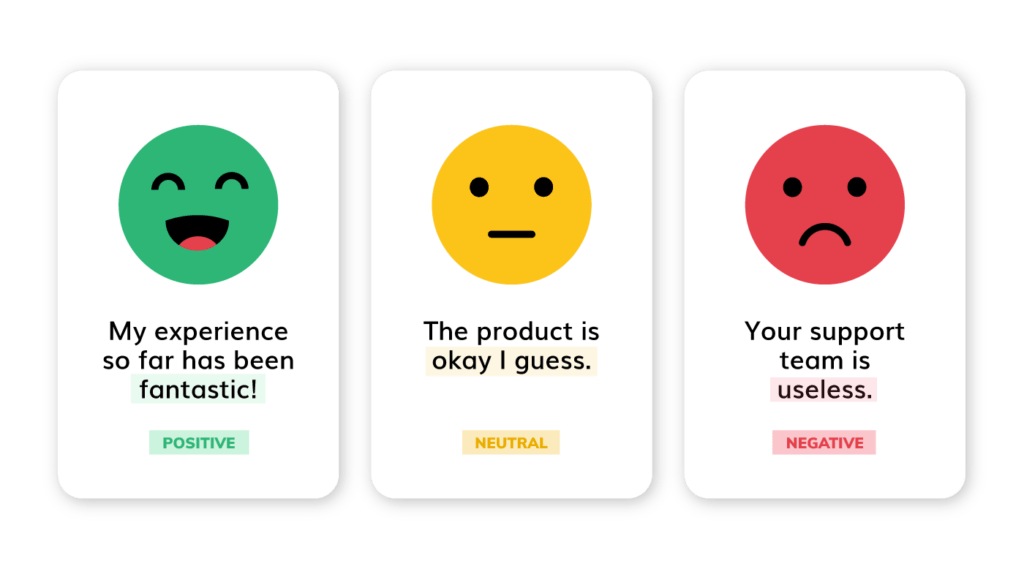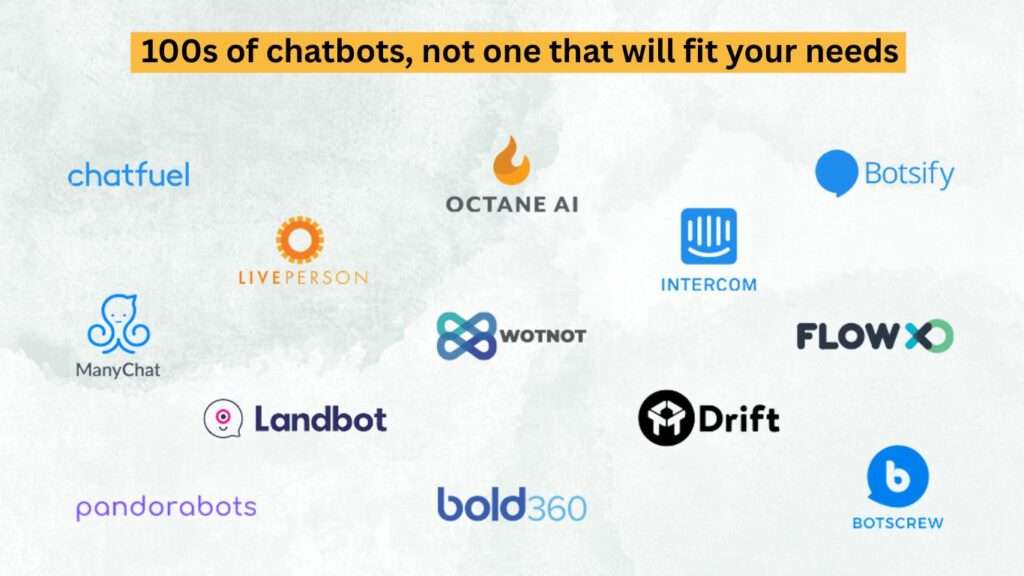
Remember when gathering customer feedback meant sending out long email surveys and hoping someone would take the time to respond? Those days are behind us. While traditional methods like surveys and email threads served their purpose, they often suffered from low response rates, isolated data, and little room for scalability.
Today, SaaS companies need something better—an approach that’s more engaging, conversational, and accessible. That’s where AI chatbots come into play.
Why Are AI Chatbots the Game Changer for SaaS Feedback?
AI chatbots don’t just sit around waiting for users to send feedback—they actively engage with them at just the right moments. Whether it’s on your website, in-app, or via messaging platforms, chatbots make it easy for users to share their thoughts whenever it’s convenient for them.
And it’s not just about convenience—chatbots can gather deeper insights through conversational exchanges, making feedback collection more natural and less intrusive. Curious about how you can put them to use? Let’s dive into some effective strategies.
1. Use In-App Surveys to Capture Feedback Right When It Matters
Imagine you’ve just rolled out a new feature. You’re eager to know how users feel about it, but you don’t want to bombard them with emails. Instead, an in-app chatbot pops up and asks:
- “How’s the new feature working out for you so far?”
- “Is there anything you’d like to see improved?”
This way, you’re catching users when their experience is fresh in their minds—making their feedback more relevant and accurate. You can trigger these surveys at key points, like when a user completes a task or reaches a milestone, ensuring the feedback is timely and contextually appropriate.
Quick Tips:
- Use Integrated Survey Tools: Platforms like Google Forms or Typeform can work wonders when integrated with chatbots.
- Keep It Brief: Short and focused surveys are more likely to get responses.
- Ask the Right Questions at the Right Time: Trigger surveys after significant user interactions to gather meaningful insights.
2. Spark Real Conversations for Deeper Insights
It’s no secret that people tend to give more honest and detailed feedback when it feels like a conversation rather than a structured questionnaire. That’s where AI chatbots shine. They can engage users with open-ended questions like:
- “We recently updated our dashboard. What do you think of it?”
- “Are there any features you’d love to see added in the next update?”
These types of questions encourage users to share their thoughts more freely, revealing insights you might not get through standard forms.
Quick Tips:
- Leverage Natural Language Processing (NLP): Make sure your chatbot can handle nuanced responses and reply intelligently.
- Craft Open-Ended Questions Thoughtfully: Ask questions that prompt users to elaborate, rather than just say “yes” or “no.”
- Follow Up with Contextual Questions: Keep the conversation going based on user responses to gain deeper insights.
3. Use Sentiment Analysis to Read Between the Lines
Wouldn’t it be great to know not just what your customers are saying, but how they’re feeling? AI chatbots equipped with sentiment analysis can help you do just that. By detecting the emotional tone behind a message—whether it’s positive, negative, or neutral—chatbots can offer more personalized responses or alert support teams for immediate action.
For example, if a user says:
- “The new update is frustrating. I can’t find anything.”
Your chatbot could respond:
- “I’m really sorry to hear that! Can you share more details on what’s been difficult for you? I’ll make sure our team looks into it.”
This approach not only makes customers feel heard but also helps you quickly identify and address potential issues.
Quick Tips:
- Tailored Responses: Modify the chatbot’s replies based on detected sentiment to show empathy and understanding.
- Monitor Trends: Use sentiment data to track customer satisfaction over time.
- Act Fast: Set up alerts for negative sentiments to resolve issues before they escalate.

4. Prompt for Ratings and Reviews to Measure Satisfaction
After a user completes a key task—like subscribing to a service or finishing a project—why not ask them to rate their experience? Chatbots can make this process effortless by asking for ratings or reviews right within the app:
- “How would you rate your experience with this feature on a scale of 1-5?”
- “What could we do to make it even better?”
Collecting ratings in real-time gives you instant feedback on what’s working and what’s not, helping you identify trends and potential areas for improvement.
Quick Tips:
- Use Simple Rating Scales: A 5-star or 1-10 rating scale is easy for users to understand and respond to.
- Follow Up: Ask for a brief explanation if a user gives a low rating.
- Analyze and Act: Regularly review ratings and take action to address any recurring issues.
5. Make Feedback Fun with Gamification
Who says giving feedback has to be boring? Spice things up by gamifying the process. Offer rewards, like discounts or loyalty points, for users who provide thoughtful feedback or complete a series of feedback-related tasks.
For example, you could challenge users to share their thoughts on three different features to earn a badge or points. Or, create a fun quiz related to your product where users earn rewards for providing insightful answers.
Quick Tips:
- Offer Real Incentives: Discounts, free trials, or early access to new features work well.
- Create Challenges: Encourage users to complete feedback tasks to earn points or badges.
- Keep It Light and Fun: The goal is to create a positive experience around sharing feedback.
6. Go Beyond Text with Multimodal Feedback
Text feedback is great, but sometimes users want to share more. AI chatbots can now accept feedback in various forms—voice recordings, screenshots, videos, or even annotated images. This is particularly useful when users need to report bugs, UI issues, or want to share more detailed feedback visually.
For instance, if a user is struggling with a specific feature, they can simply take a screenshot and annotate it to show exactly what the issue is.
Quick Tips:
- Enable Multiple Feedback Formats: Let users choose the format they’re most comfortable with.
- Encourage Visuals for UI Feedback: Screenshots and videos can convey information that’s hard to describe in words.
- Use Voice for Quick Feedback: Voice recordings can capture tone and emotion better than text.
Conclusion
AI chatbots are revolutionizing the way SaaS companies gather customer feedback. From in-app surveys and conversational feedback to sentiment analysis and gamification, there’s no shortage of ways to make the feedback process more engaging and effective.
Ready to take your feedback strategy to the next level? Start integrating AI chatbots today and turn user insights into powerful drivers of growth and satisfaction.
Want to see how it works firsthand? Try Beyondchats, and let our intelligent chatbots help you collect meaningful feedback, boost user engagement, and take your SaaS product to the next level!




